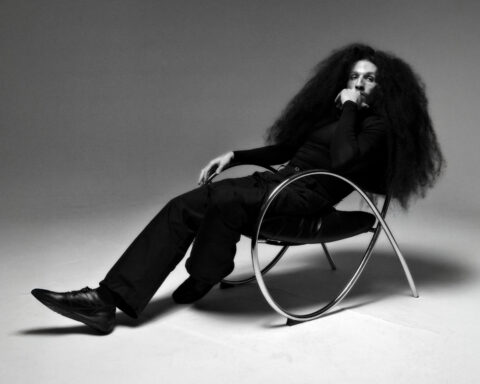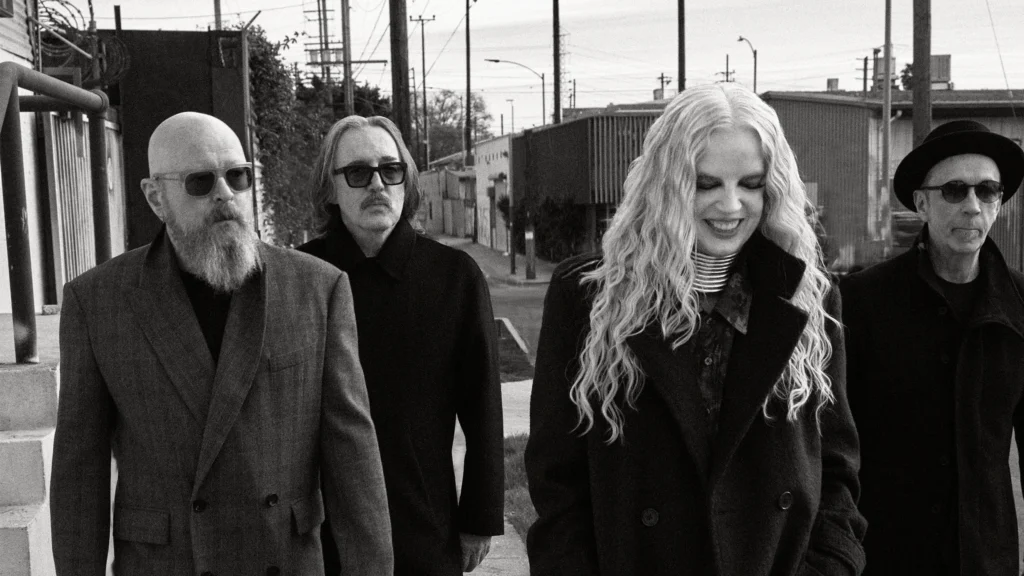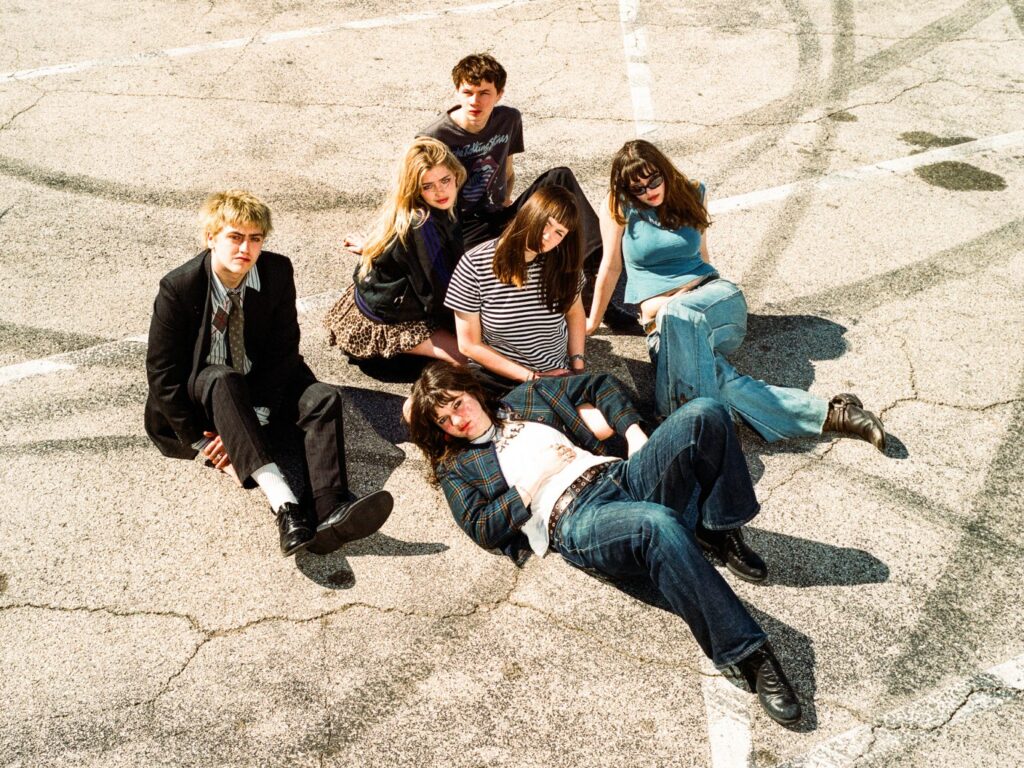For decades, Tracks II has existed more as myth than reality—a whispered legend among Bruce Springsteen’s most devoted fans. Rumors swirled about entire albums recorded and shelved, particularly throughout the 1990s when Springsteen’s output grew sparse and elliptical. Now, in 2025, that myth finally becomes tangible. Tracks II: The Lost Albums delivers seven previously unreleased full-length albums, spanning recordings from 1983 to 2018. It is both a treasure trove for longtime fans and a fascinating alternative narrative of The Boss’s career.

A Journey Through the Lost Decades
Springsteen has always been a meticulous editor, often recording far more material than he released, ensuring that each official release told a story true to his evolving artistic identity. As he put it himself: “I released what was essential at a certain moment.” That ethos left behind a vast archive, which now bursts into view across Tracks II.
The earliest of these is LA Garage Sessions ’83, a fascinating missing link between the stark minimalism of Nebraska and the arena-filling pop of Born in the U.S.A.. Songs like “The Klansman,” “County Fair,” and “Unsatisfied Heart” (long sought after by collectors) offer a glimpse of a Springsteen experimenting with both the grim storytelling of his earlier work and the more muscular rock sound that would soon dominate stadiums worldwide. It feels like hearing Born in the U.S.A.‘s shadow-self—raw, political, and personal.
The Enigmatic 1990s
Much of the collection illuminates the so-called “lost ’90s,” a decade Springsteen himself has called misunderstood. While Lucky Town and Human Touch failed to capture his usual critical heights, Tracks II suggests that the decade was far from creatively barren.
Streets of Philadelphia Sessions stands out as perhaps the most experimental set, revealing a Springsteen unafraid to explore synth-driven, loop-based textures akin to his Oscar-winning single “Streets of Philadelphia.” The lead single, “Blind Spot,” hints at a fuller album that could’ve reframed his 1990s legacy entirely, pushing into moodier, atmospheric terrain rarely associated with the E Street Band sound.
Even more mysterious is Faithless, a soundtrack for an abandoned film project. While the details surrounding its genesis remain hazy, the mere existence of an entire cinematic Bruce record is thrilling. Similarly, Twilight Hours is described as “orchestra-driven, mid-century noir,” promising a lush, cinematic Springsteen that may recall his Western Stars work, but even more stylistically adventurous.
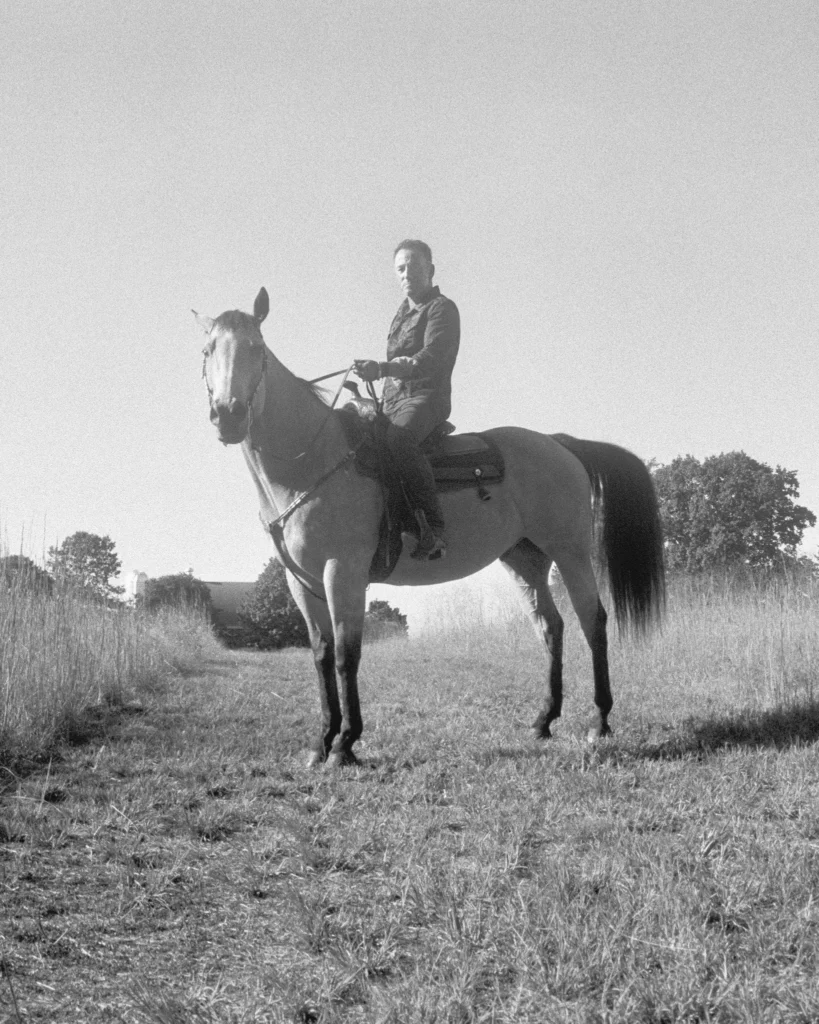
Surprising New Territories
Perhaps the biggest curveball is Somewhere North of Nashville, a full-fledged country album assisted by the E Street Band. Springsteen’s flirtations with Americana have always lurked in the margins, but hearing him fully embrace Nashville sounds—with his band in tow—feels like a revelation. It may sit comfortably beside Western Stars and his earlier country-tinged ballads, but offers a different, richer flavor, as if Springsteen allowed himself to fully inhabit the wide-open spaces of country storytelling.
Inyo remains the biggest enigma. Described vaguely as a set of “cinematic border tales,” some speculate it’s Springsteen’s most experimental release yet—a venture into almost Peter Gabriel-like territory. Without more detail, it remains the most intriguing wildcard in the box.
What’s Missing
Perhaps the only real disappointment here is the absence of the long-fabled Electric Nebraska sessions. For years, fans have dreamed of hearing full-band versions of the bleak masterpieces from that 1982 album. With an upcoming biopic on Nebraska in the works, one wonders if Springsteen is holding that release for a later date.
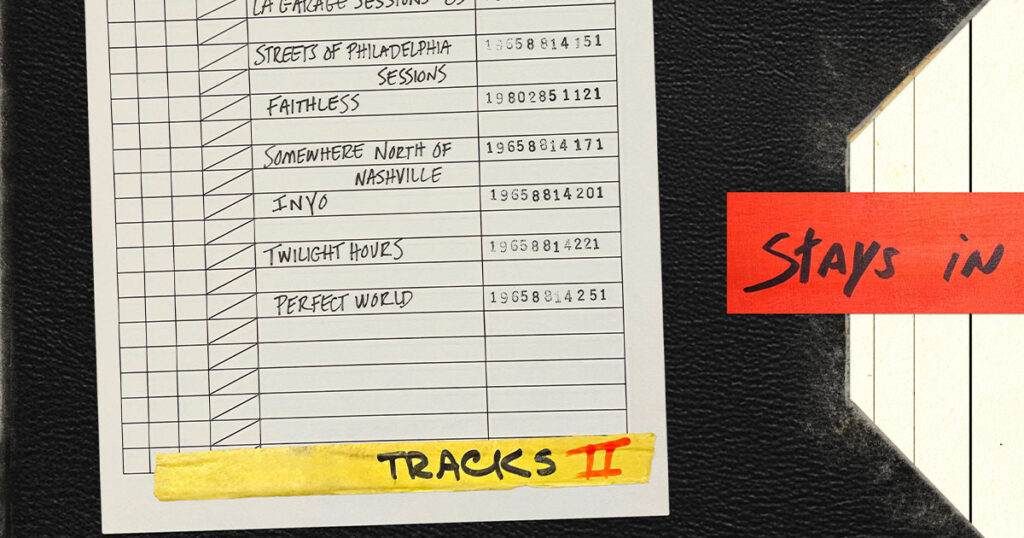
A Gift to Fans, a Testament to an Artist’s Breadth
Ultimately, Tracks II does what few archival releases manage: it not only deepens appreciation for Springsteen’s officially released canon but opens doors into entire alternate careers he might have pursued. It offers what feels like an intimate tour through Springsteen’s own creative vault — his fears, his experiments, his unused masterpieces.
As Springsteen enters the twilight of his career, Tracks II is a generous act of legacy-building. It allows us to see both the music that shaped him and the brave forays he once left behind. If Tracks I in 1998 expanded our understanding of Springsteen’s golden years, Tracks II boldly fills in the gaps of the years often dismissed as uncertain. And, as always with Springsteen, even his “non-essential” work often surpasses the essential work of his peers.




